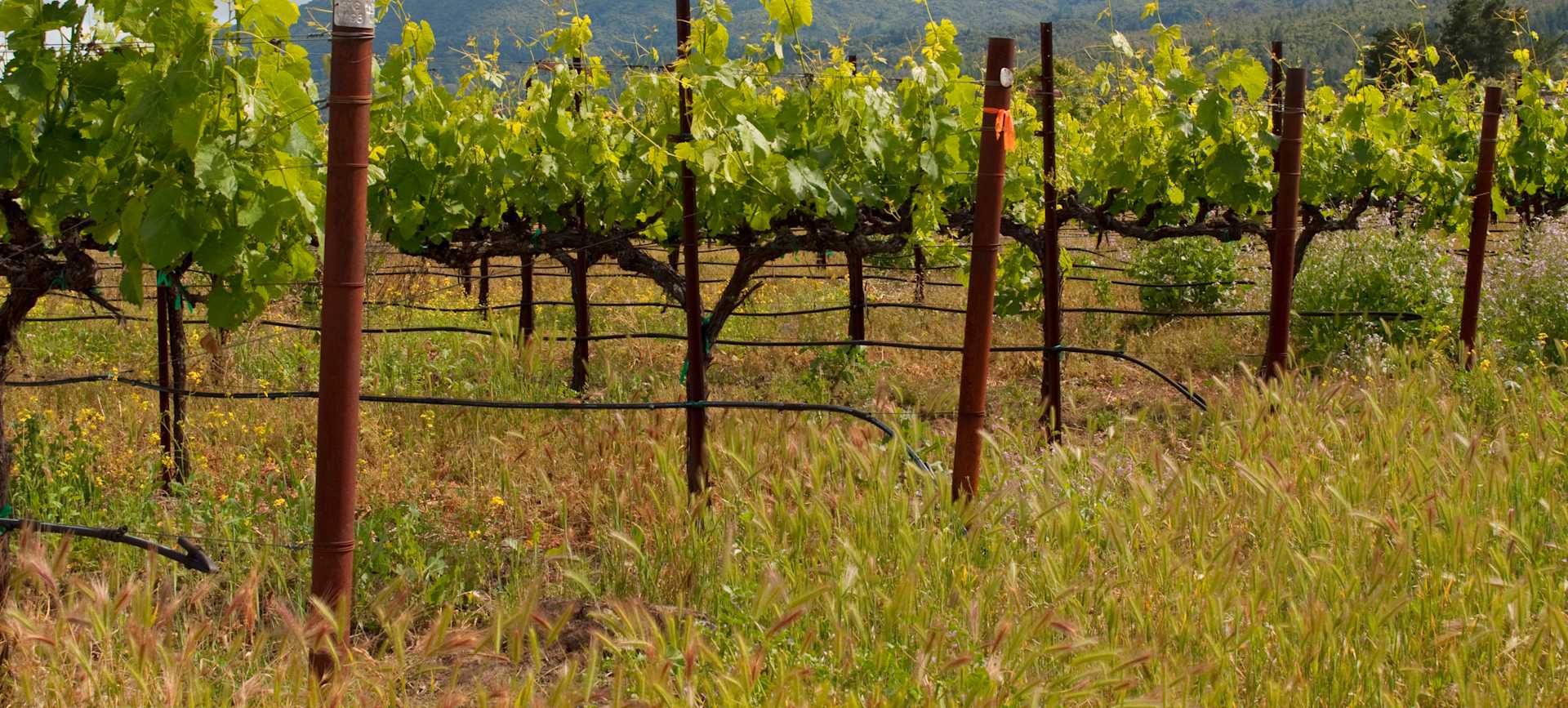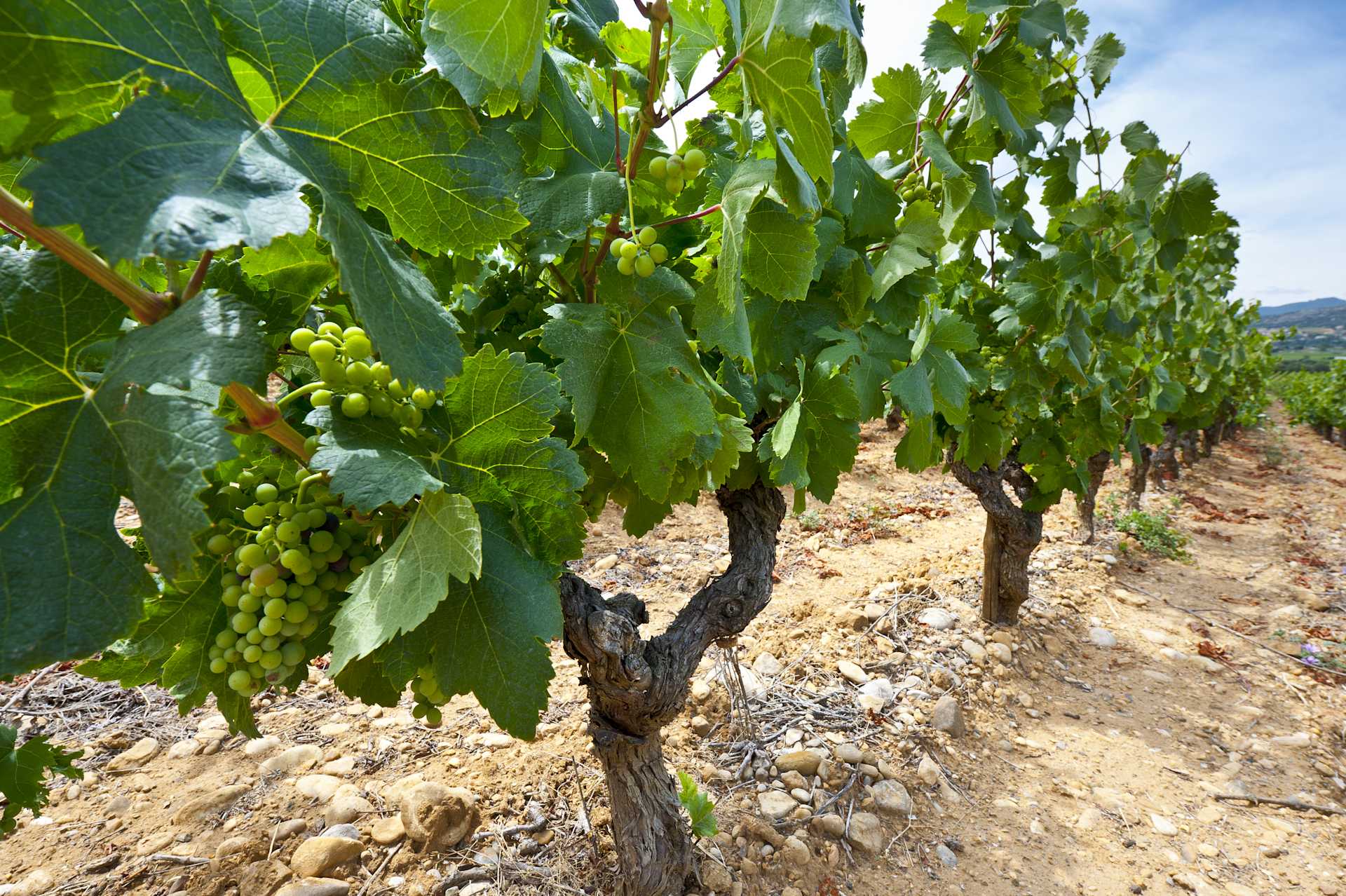Domaine de la Solitude Chateauneuf-du-Pape Blanc 2021
-
Jeb
Dunnuck -
James
Suckling -
Robert
Parker



Product Details
Your Rating
Somm Note
Winemaker Notes
Professional Ratings
-
Jeb Dunnuck
Stone fruits, bright citrus, and a touch of pineapple all emerge from the 2021 Châteauneuf Du Pape Blanc, another juicy, vibrant, perfectly balanced white from this talented team. This shows the purity of the vintage yet also brings rock-solid ripeness, texture, and length.
-
James Suckling
Fresh white peach, grapefruit and white flower aromas plus a touch of toasty character from barrel aging. Quite a bold and smoky palate with pronounced tannins and a touch of freshness at the finish. A cuvee of grenache, 35% clairette, 40% roussanne, 20% grenache blanc and 5% bourboulenc. 60% barrel fermented and aged, and 40% in tank. From organically grown grapes.
-
Robert Parker's Wine Advocate
A blend of 40% Roussanne, 35% Clairette, 20% Grenache Blanc and 5% Bourboulenc, Solitude's 2021 Chateauneuf du Pape Blanc offers up seductive aromas of ripe pears and toasted hazelnuts. Medium to full-bodied, it's slightly creamy across the mid-palate, then folds in refreshing citrus notes on the long, harmonious finish.
Other Vintages
2022-
Wine
Spectator - Decanter
-
Wine
Spectator -
James
Suckling -
Jeb
Dunnuck -
Robert
Parker
-
Jeb
Dunnuck -
Robert
Parker
-
Wine
Enthusiast -
Wine
Spectator -
James
Suckling
-
Wine
Spectator -
Jeb
Dunnuck






In the 1980s, brothers Michel and Jean Lançon took the future of Domaine de la Solitude in their hands, focusing attention on the vineyards. Fertilizers have not been used at Solitude for the past ten years. Over the past several years, Michel’s son Florent Lançon has been taking over the day-to-day operations of Domaine de la Solitude, continuing to make improvements while preserving the traditions of his father and uncle. The Estate is a contiguous 100 acres, planted to 86 acres of red grapes and 14.8 acres of white grapes, with vines averaging 50 years of age.
Driven by the desire to produce the best possible wines while still respecting the traditions of Chateauneuf-du-Pape and their lineage, in 1999, Michel and Jean decided to introduce four prestige cuvées and added Cuvée Barberini Rouge, Cuvée Barberini Blanc, Réserve Secrète, and Cornelia Constanza to the winery’s production.

Full-bodied and flavorful, white Rhône blends originate from France’s Rhône Valley. Today these blends are also becoming popular in other regions. Typically some combination of Grenache Blanc, Marsanne, Roussanne and Viognier form the basis of a white Rhône blend with varying degrees of flexibility depending on the exact appellation. Somm Secret—In the Northern Rhône, blends of Marsanne and Roussanne are common but the south retains more variety. Marsanne, Roussanne as well as Bourboulenc, Clairette, Picpoul and Ugni Blanc are typical.

Famous for its full-bodied, seductive and spicy reds with flavor and aroma characteristics reminiscent of black cherry, baked raspberry, garrigue, olive tapenade, lavender and baking spice, Châteauneuf-du-Pape is the leading sub-appellation of the southern Rhône River Valley. Large pebbles resembling river rocks, called "galets" in French, dominate most of the terrain. The stones hold heat and reflect it back up to the low-lying gobelet-trained vines. Though the galets are typical, they are not prominent in every vineyard. Chateau Rayas is the most obvious deviation with very sandy soil.
According to law, eighteen grape varieties are allowed in Châteauneuf-du-Pape and most wines are blends of some mix of these. For reds, Grenache is the star player with Mourvedre and Syrah coming typically second. Others used include Cinsault, Counoise and occasionally Muscardin, Vaccarèse, Picquepoul Noir and Terret Noir.
Only about 6-7% of wine from Châteauneuf-du-Pape is white wine. Blends and single-varietal bottlings are typically based on the soft and floral Grenache Blanc but Clairette, Bourboulenc and Roussanne are grown with some significance.
The wine of Chateauneuf-du-Pape takes its name from the relocation of the papal court to Avignon. The lore says that after moving in 1309, Pope Clément V (after whom Chateau Pape-Clément in Pessac-Léognan is named) ordered that vines were planted. But it was actually his successor, John XXII, who established the vineyards. The name however, Chateauneuf-du-Pape, translated as "the pope's new castle," didn’t really stick until the 19th century.
